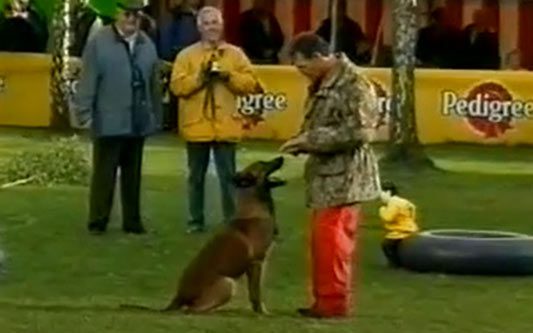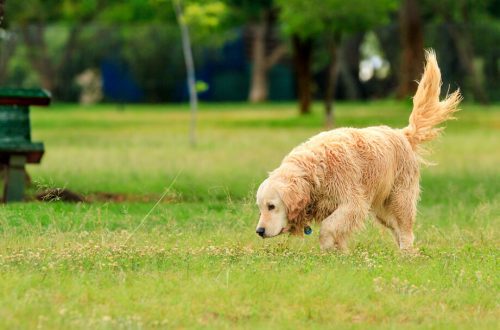
What is a Belgian ring?
The Belgian ring is rightfully recognized as one of the oldest and most difficult competitions in the world, however, it is mainly focused on . This protective discipline is closely connected with the Belgian police and army, since dogs can enter the service there only after passing tests under the Belgian Ring program (in most cases, although there are exceptions).
The history of the Belgian ring begins in the 1700th century. In 200, dogs were first used in the kingdom to accompany guards. To obtain the desired qualities in animals, the first selection work began. This is how the Belgian Shepherd was born. After almost 1880 years, in XNUMX, some owners began to arrange performances, showing what their pets can do and what they are capable of. True, the goal was not to popularize a sport or a breed, but to a simple mercantile one – to make money. Onlookers were lured into the ring and charged for “performance”.
Dog performances were successful, and soon rings (that is, competitions in closed areas) appeared throughout Europe.
Since Belgian Shepherds were used mainly in the service of security guards or the police, all the tasks of the ring are focused primarily on guard and guard skills. The first ring rules were adopted in 1908. Then the program included:
Movement without a leash – 20 points
– 5 points
Protecting an item without the presence of the owner – 5 points
Jump over an obstacle – 10 points
Jumping over a moat or canal – 10 points
Owner’s Defense – 15 points
assistant (decoy) indicated by the owner – 10 points
Selecting an item from a heap – 15 points
In total, the dog could score a maximum of 90 points.
Since then, the program, of course, has changed, and more than once. But all the exercises laid down in the first standard are still present in one form or another to this day.
Photo:
4 2019 June
Updated: 7 June 2019





